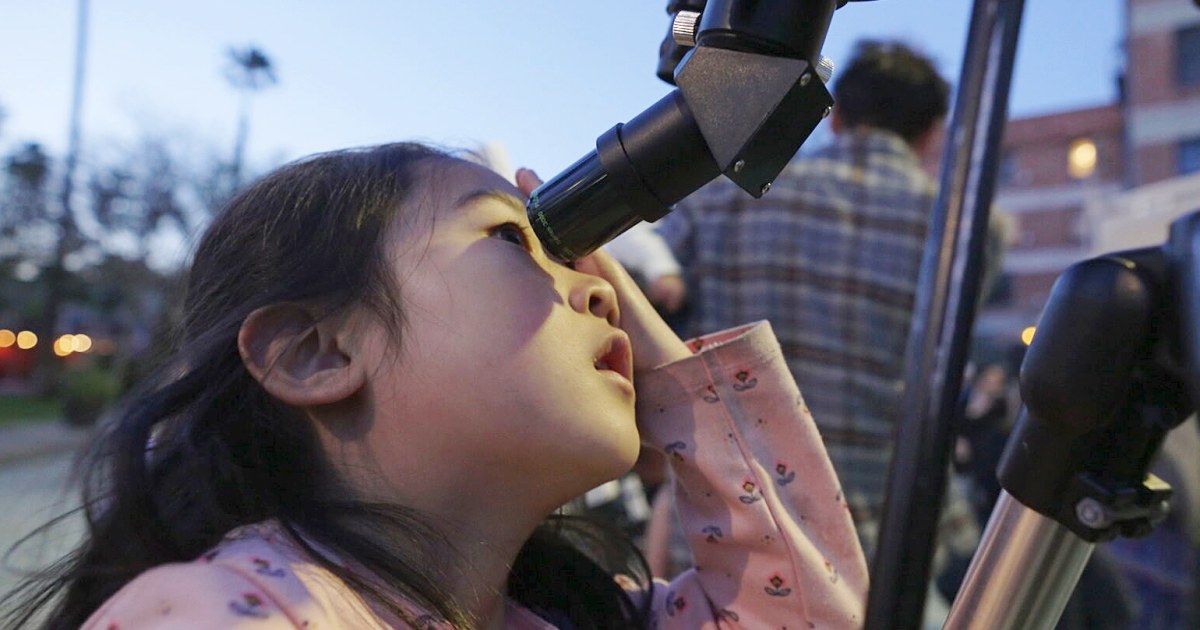
Perigee (aka Periapsis Or Perifocus)
Perigee is the point in the orbit of a celestial body (such as a planet, moon, or satellite) that is closest to the center of the body it orbits. It is also known as periapsis or perifocus. In the context of space and astronautical engineering, perigee is an important parameter to consider when planning and executing space missions. For example, a spacecraft in a low Earth orbit will have a perigee of approximately 160 kilometers above the Earth's surface, while a spacecraft in a geostationary orbit will have a perigee of approximately 35,786 kilometers above the Earth's surface. The perigee of a spacecraft can be raised or lowered by firing its engines at the appropriate time, which can be used to adjust the spacecraft's orbit or to perform a maneuver such as a rendezvous with another spacecraft or a landing on a celestial body.
Your Previous Searches
Random Picks
- Astronomy: Astronomy is the study of celestial objects, such as stars, planets, comets, and galaxies, and phenomena that originate outside the Earth's atmosphere. It involves the use of various scientific techniques to observe and analyze these object ... Read More >>
- Chemical Composition: Chemical composition refers to the identity and relative quantities of the chemical elements that make up a substance. In the context of space and astronautical engineering, chemical composition is a critical factor in the design and operat ... Read More >>
- Funding: Funding refers to the financial resources required to support space and astronautical engineering projects. These resources may come from government agencies, private investors, or a combination of both. Funding is necessary to cover the co ... Read More >>
Top News

Easter's date remains divisive. Some church leaders want that to change...
Eastern and Western churches will celebrate Easter on the same day this year, while marking 1,700 years since the Council of Nicaea unified Christian doctrine...
News Source: ABC News on 2025-04-19

In a city of stars, Los Angeles astronomy club makes sure to keep looking up...
LOS ANGELES — While Los Angeles is home to the biggest stars in the world, a monthly get-together is proving that the city’s rich and famous have nothing on the universe....
News Source: NBC News on 2025-04-18

This week on "Sunday Morning" (April 20)...
A look at the features for this week's broadcast of the Emmy-winning program, hosted by Jane Pauley....
News Source: CBS News on 2025-04-17

Scientists detect strongest hints yet of life on a distant planet...
Scientists have detected unique chemical patterns similar to those produced by the Earth's algae and seaweed — raising the possibility of the presence of a warm ocean, perhaps teeming with life, on ...
News Source: NBC News on 2025-04-17

Is there life on another planet? Scientists find the strongest evidence yet...
Near a planet far, far away astronomers have found traces of chemicals that on Earth are only produced by living beings....
News Source: Al Jazeera English on 2025-04-17